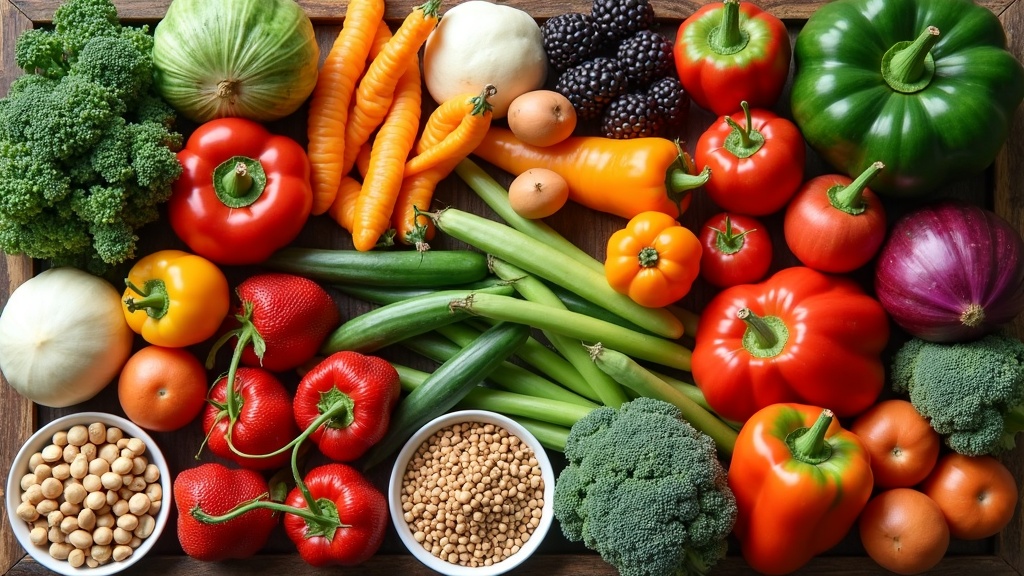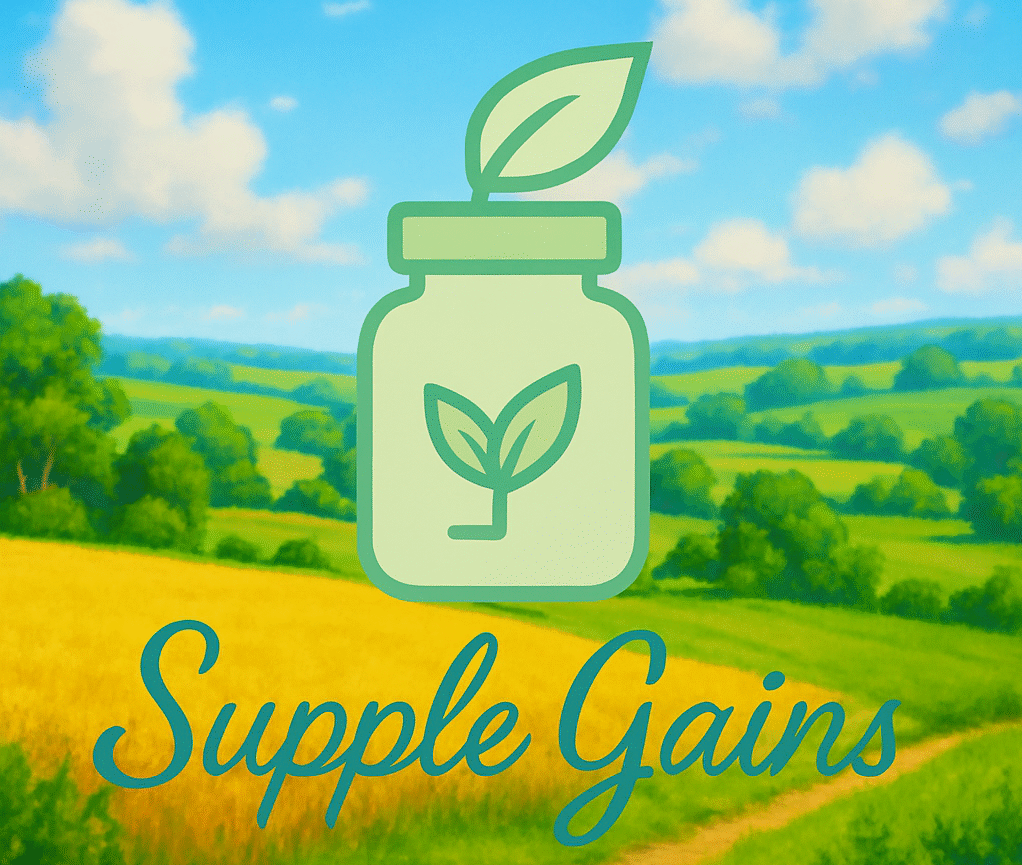Switching to a plantbased diet can work wonders for heart health, and it isn’t just a popular health trend.
With so much buzz around eating more plants and fewer animal products, there’s curiosity about whether the benefits are the real deal.
Drawing from my own experience and plenty of research, I’ll break down how plantbased diets support a healthier heart, what you need to know to get started, and some things to watch out for along the way.

Why PlantBased Diets Help Your Heart
Eating mostly or entirely plant foods, like fruits, veggies, whole grains, nuts, and beans, brings big perks for your heart.
Studies from the American Heart Association and several major universities keep showing the same thing:
folks who stick to plantbased diets often have lower cholesterol, lower blood pressure, and a much lower chance of having heart problems later in life (source).
This boost isn’t just about eating more vitamins (though that’s a plus). The main magic comes from the giant drop in saturated fat and cholesterol you get by skipping animal foods, especially fatty red meat and processed stuff.
Fiber from plant foods also helps clear out “bad” LDL cholesterol, cleaning up your arteries.
Heart disease remains a leading cause of death worldwide.
Small changes in what ends up on your plate can really help.
It’s an approach that makes a lot of sense for anyone trying to dodge heart disease or recover after a warning sign like high cholesterol or a minor stroke.
Plus, focusing on plant foods means you’re getting lots of antioxidants and antiinflammatory compounds that support overall heart health.
Getting Started with a PlantBased Diet
Switching up what you eat doesn’t mean you have to go fully vegan right away.
I started by picking plantforward meals a few times a week and found it easier than expected.
Here are a few of the main diets under the plantbased umbrella:
- Vegetarian: Skips meat and fish but usually still eats dairy and eggs.
- Vegan: Leaves out all animal products, including eggs, milk, and cheese.
- Flexitarian: Focuses on eating plants most of the time, but allows small amounts of meat, dairy, or eggs as needed.
- Pescatarian: Eats plant foods and fish but skips out on red meat and poultry.
Whatever option you pick, the real win comes from loading up meals with colorful produce, whole grains like brown rice and oats, and plant proteins such as lentils, beans, and tofu.
Jumping into this way of eating can be super satisfying.
I suggest starting at your own pace by picking one or two meatless days per week or doing a veggie swap for your favorite meal, like using black beans instead of beef in tacos or going for falafel instead of chicken on a salad.
Quick Guide to Building HeartHealthy PlantBased Meals
Wondering how to put together a plantbased meal that’s actually good for your heart and keeps you satisfied? Here’s what’s helped me stick with it:
- Start with Veggies: Fill about half your plate with vegetables. Go for as many colors as you can—broccoli, carrots, spinach, peppers, and more.
- Add Whole Grains: Brown rice, barley, quinoa, and whole wheat bread offer fiber and help keep you full.
- Plant Proteins are Key: Beans, tofu, chickpeas, lentils, and nuts all pack protein and healthy fats. Try swapping out beef tacos for black bean tacos or using lentils in soups and stews.
- Go Easy on Oils and Sugar: Fats from avocados, nuts, and olives are great, but avoid deepfried foods or anything overloaded with sugar.
- Spice it Up: Herbs and spices can make a flavor punch so you won’t miss the meat. Garlic, cumin, basil, and chili flakes are some of my favorites to keep things interesting.
Mixing in these habits a bit at a time works better than changing everything overnight.
Plantbased meals can be pretty delicious and costeffective with a little practice.
Over time, you’ll notice that you feel lighter and more energized after eating plantbased meals, and you might even get creative with new recipes and flavors you haven’t tried before.
Things to Watch Out For
Every kind of diet change comes with things to be mindful of. Even with all the heart perks, plantbased eating isn’t a magic bullet unless you do it right.
- Hidden Saturated Fats: Just because it’s plantbased doesn’t automatically make it healthy. Coconut oil and some processed vegan meats still contain lots of saturated fat. It’s smart to check nutrition labels and balance these with whole, unprocessed foods.
- Staying Full and Energized: If you find yourself getting hungry more often, check if your meals have enough plant protein and fiber. Adding beans, hummus, or nuts to salads makes a big difference.
- Watch Out for Processed Plant Foods: Not all vegan or vegetarian products are good for you. Things like vegan cheese, fake meats, and processed snacks might help a craving, but they’re often high in salt and added sugar. Sticking with whole foods keeps your plate healthier.
- Getting Key Nutrients: There are certain nutrients to pay closer attention to on a fully plantbased diet:
B12, Iron, Omega3, and More
B12 is found in animalbased foods, so taking a supplement or getting fortified foods becomes important.
For iron—the type in leafy greens and beans absorbs more easily when paired with vitamin C rich foods like bell peppers or oranges.
For omega3 fatty acids, flaxseeds, walnuts, and algae oil are solid plantbased sources.
Calcium and vitamin D are also worth watching, especially if you cut out dairy products.
Working with a dietitian or using trusted online resources can help make sure you get what you need.
Personally, I found a basic multivitamin covers most gaps when I’m too busy to plan every meal.
It’s all about staying mindful and making sure your body gets enough fuel to stay healthy and energized.
Handy Tips for Sticking with a HeartHealthy PlantBased Diet
Building new habits gets easier with some practical tricks.
These are things I’ve found super useful for staying on track and actually enjoying the process:
- Make it Visual: Grocery shopping is more fun when you pick fruits and veggies of every color. Keeping a bowl of apples or oranges on the counter makes it easy to grab a healthy snack.
- Batch Cooking: Cooking a big pot of veggie chili or lentil soup means healthy food is ready when hunger hits. Freezing leftovers also means you’re less tempted by takeout after a long day.
- Check Out New Flavors: Trying recipes from different cultures, like Indian lentil dal, Mediterranean hummus plates, or Mexican bean salads, makes plantbased eating less repetitive and way more interesting.
- Find Support: Joining online groups or following plantbased cooks on social media helps when you need tips, new ideas, and a little encouragement. I’ve picked up tons of recipes just from scrolling Instagram!
These simple hacks give your meals more variety and help plantbased eating feel way more doable.
Plus, cooking at home means you can control what goes into your food and keep things healthy.
Fun Ways to Enjoy a PlantBased Lifestyle
Packed lunches, homecooked dinners, and simple snacks can all be switched up with plant foods. Here’s how realworld swaps make a difference:
- Lunch: Chickpea salad on whole grain bread, with sliced tomatoes and greens.
- Dinner: Stirfried tofu with brown rice and mixed veggies, sprinkled with sesame seeds.
- Snacks: Sliced apples with almond butter, airpopped popcorn, trail mix of nuts and dried fruit.
Each meal swaps out sources of cholesterol and saturated fats, replacing them with fiber, antioxidants, and plant proteins that help support lower blood pressure and better blood flow.
Over time, making these swaps can lead to big improvements in heart health—plus, your taste buds get to enjoy fresh and flavorful foods every day.
Frequently Asked Questions
Here are a few questions I get most often about eating for heart health on a plantbased diet:
Question: Will switching to a plantbased diet lower my cholesterol?
Answer:
Most people see a drop in their LDL cholesterol and blood pressure after just a few weeks of eating this way, especially if they avoid processed foods and stick with veggies, whole grains, and beans.
Question: Is it expensive to eat plantbased?
Answer:
Surprisingly, filling up on lentils, beans, rice, and locally grown produce is often cheaper than loading up on meat, cheese, and packaged snacks.
Buying in bulk and focusing on seasonal fruits and frozen veggies help cut costs, too.
Question: How can I eat out on a plantbased diet?
Answer:
Restaurants are much more plantfriendly these days. Check menus for veggie bowls, salads, or bean burritos.
Most places will swap out cheese or meat for more veggies if you ask, and some even have special plantbased menus.
Wrapping Up: PlantBased Diets for Heart Health
Moving toward a plantbased diet is a simple and enjoyable way to support heart health—whether you go all in or just add a few plantbased meals each week.
There’s lots of variety and flavor to track down, and every little change you make adds up.
More energy, improved cholesterol, and a lower risk of heart problems are especially positive payoffs, in my experience.
Don’t let the details overwhelm you.
Try a new veggie recipe, swap beans for beef now and then, and see how you feel.
Staying curious and keeping an open mind makes eating for heart health something you can actually enjoy, not just a health goal to tick off.
The sooner you jump into plantbased eating, the faster you’ll notice the benefits.
And if you ever feel stuck, remember—each plate of colorful, plantbased goodness is another step toward a stronger, healthier heart.
